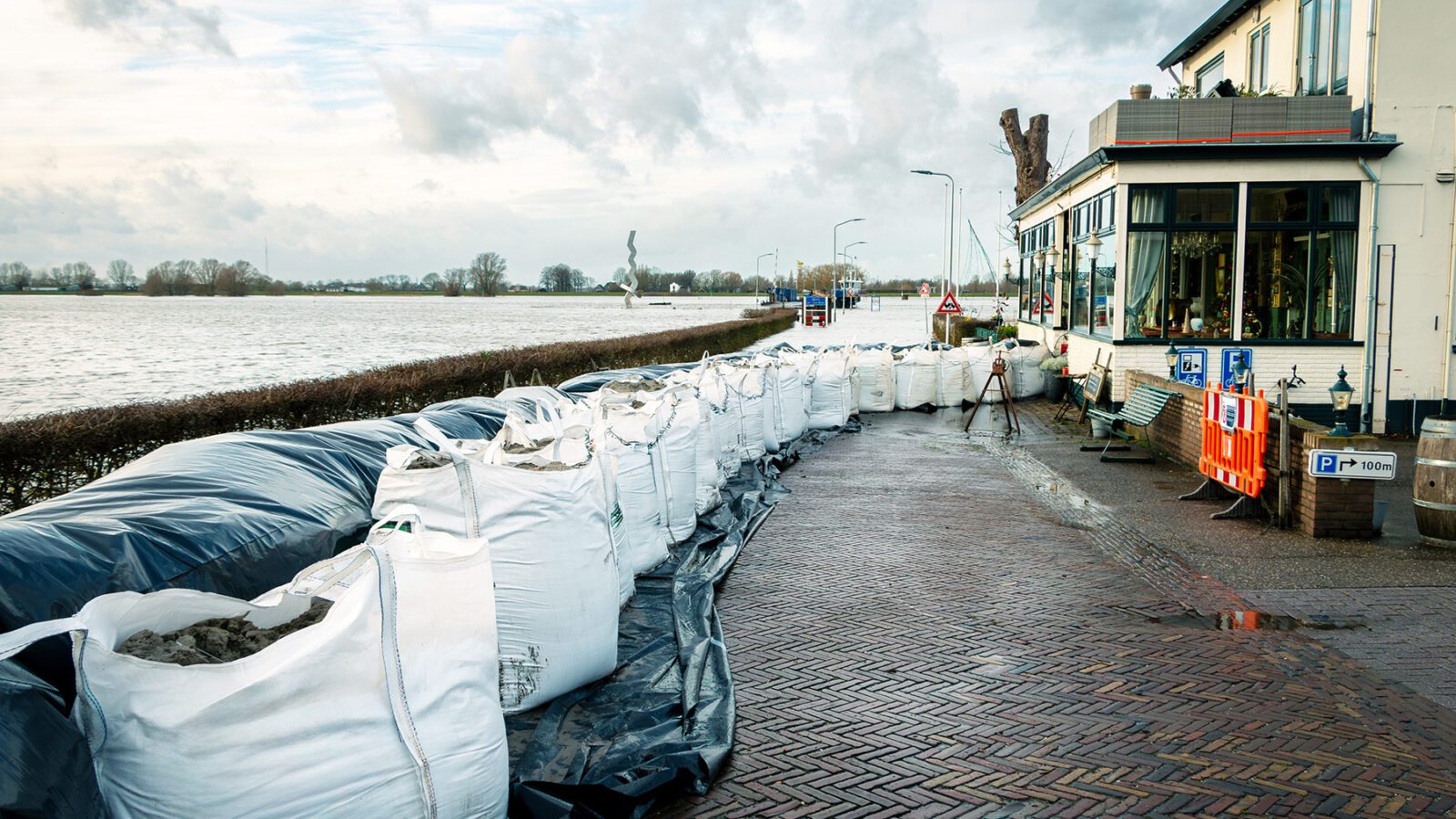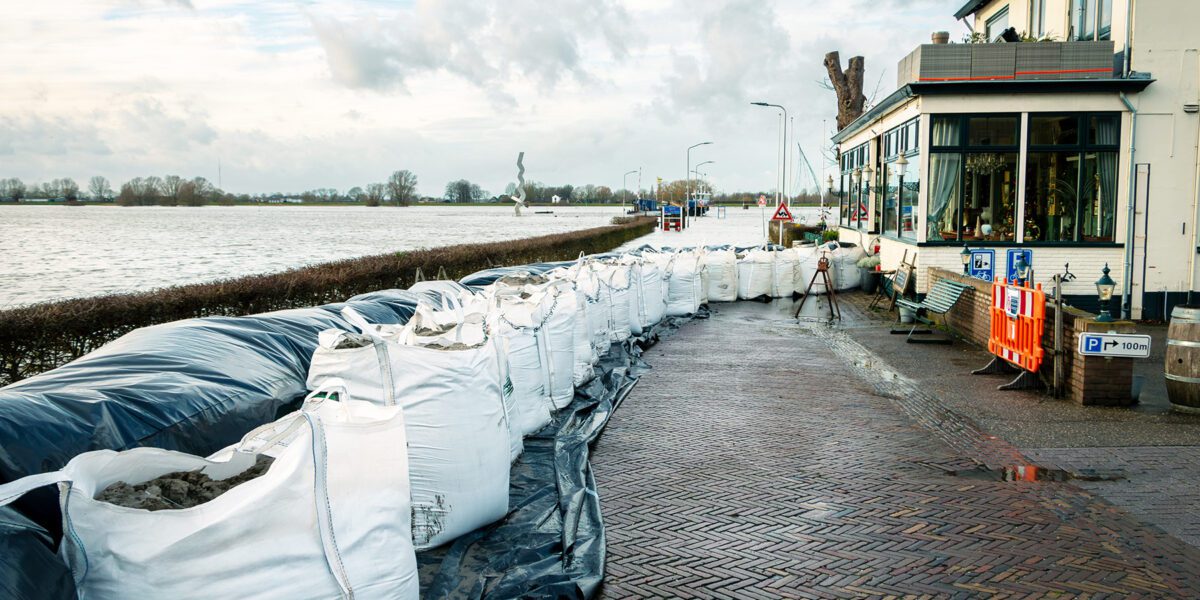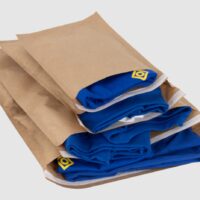Article in Kunststof Magazine – May/June 2024
The CSRD requires companies to report extensively on the non-financial aspects of their business in addition to traditional financial reporting. This must be done on the basis of standards (European Sustainability Reporting Standards – ESRS) in the areas of environment and climate, social and responsible governance. Reporting according to these standards will enable a mutual comparison for external parties, such as NGOs, media, policy makers and financiers. The EU hopes that through greater transparency, financial flows will eventually move in the “sustainable and social direction.
One large package of measures
The CSRD cannot be separated from other European legislation. The new directive falls under the umbrella of the Circular Economy Action Plan, a derivative of the European Green Deal. From that corner, more obligations are forthcoming, such as the Forced Labor Regulation. This law should prohibit products made with forced labor from being marketed in the EU or exported from there. Also likely to come is a reporting requirement around identifying negative human rights and environmental impacts in value chains: the Corporate Sustainability Due Diligence Directive (CSDDD). ‘It looks like a veritable tsunami of laws and regulations. But there is logic behind it,’ says Rob Verhagen (OPACKGROUP/NRK Packaging). He also mentions the Green Claims Directive and the Empowering Consumers for the Green Transition, with which the European Commission wants to prevent companies from making good cheer with false sustainability claims. ‘In the coming years, most of the obligations will come into force. Then everything should start to come together into one big package of measures around sustainability and social values.’

Rob Verhagen (Director of Sustainability OPACKGROUP)
What is unique is the CSRD’s scope on dual materiality. Companies covered must report on the impact of their activities on society and the environment (the traditional materiality). In addition, they must report on the risks they themselves face from external developments, such as climate change or scarcity of raw materials. Furthermore, the CSRD requires companies to set clear ESG (Environmental, Social and Governance) goals. ‘The basis is: know where your impact is, know where the changing environment impacts your company, make a strategy on that and then start reporting on that,’ explains Verhagen. ‘For example, what is your company’s impact on air, soil and water? What do the products do during use and end of life? But also: what is the impact of the changing environment on the future sustainability of the company? And what about the working conditions of its own employees and those in the value chain? This is the first time that a guideline covers all these areas.’
Trickle-down-effect
That companies also have to report on their relationships in the value chain, including suppliers and customers, can be summarized as the ‘trickle-down effect’: the EU sets rules for large companies and sooner or later these also end up with smaller companies. Verhagen: ‘SMEs do not have to comply with the CSRD for the time being. But they are part of the value chain and can therefore expect questions. Like about their materiality analysis, sustainability strategy and action plans. One of the things that is material to any company is, of course, CO2. So you will just have to submit LCAs of your products. In addition, CSRD-compliant companies must know from their suppliers where the raw materials come from. And with the CSDDD soon also how human rights and social standards fare in the countries where you buy the materials.’
Verhagen has some recommendations for SMEs that have clients that are covered by the directive, or may be affected in the future (see box). ‘Start with your materiality analysis and strategy. Delve into the standards and what may be required in the future. In addition, make use of the knowledge available. From the NRK, in the field of material use and the circular economy, we have long had the Rethink Approach, the Re’s on which many companies are taking action. We also did a stakeholder analysis for ISO-26000 for our members a few years ago, and many companies in our industry have ISO-14001. You can see that the entrepreneurs who have their quality system in order and keep up with developments in the market can build on that for future questions.’

Flooding due to climate warming is becoming more common in the Netherlands.
The CSRD will lead to more administrative pressure for some SMEs. Verhagen, however, expects companies to grow naturally into it. ‘You have to think about aspects of your operations that you didn’t have to think about before. But take a look back at the BRC Packaging standards that were introduced some 25 years ago. At the time, we in the packaging industry saw that as a huge task. Now we think it makes perfect sense to comply with the standards. With many parts of the CSRD, it also makes perfect sense to think about them. They are basic issues that you should take action on independently of legislation.’ Although the CSRD requires additional administration for many companies, Verhagen says the directive can also be beneficial. ‘In the Netherlands, we have a good collective bargaining agreement, we have many health and safety regulations and guidelines for the quality of our environment. The CSRD will ensure a level playing field within Europe and, as a result, the competitiveness of our manufacturing industry may even increase.’
Want to know more?
Of interest to entrepreneurs are the webinars organized by the SER on the CSRD. Check out the brief summary of the European Sustainability Reporting Standards at www.efrag.org. This will give you a rough idea of the data that buyers may ask for and what information may already exist within your company.
What are CSRD-compliant companies?
De CSRD wordt voor de grootste, beursgenoteerde bedrijven over het boekjaar 2024 van kracht. Daarna zal de richtlijn over het boekjaar 2025 ook gelden voor niet-beursgenoteerde grootbedrijven die niet onder de huidige richtlijn NFRD (Non-financial Reporting Directive) vallen. Een grootbedrijf is een bedrijf dat voldoet aan minstens twee van de drie criteria: omzet hoger dan €50 miljoen per jaar, balanstotaal van meer dan €25 miljoen en gemiddeld over een jaar meer dan 250 medewerkers. Over het boekjaar 2026 moeten ook veel beursgenoteerde middelgrote en kleine bedrijven gaan rapporteren. Niet beursgenoteerde mkb-bedrijven zijn vooralsnog vrijgesteld. Ze kunnen naar verwachting dus wel gevolgen van de richtlijn ervaren, omdat hun afnemers gegevens voor de rapportages nodig hebben.
Dennis Derksen – Kunststof Magazine
Meer informatie over ons op maat advies? Neem dan contact op met Rob Verhagen, directeur duurzaamheid OPACKGROUP





